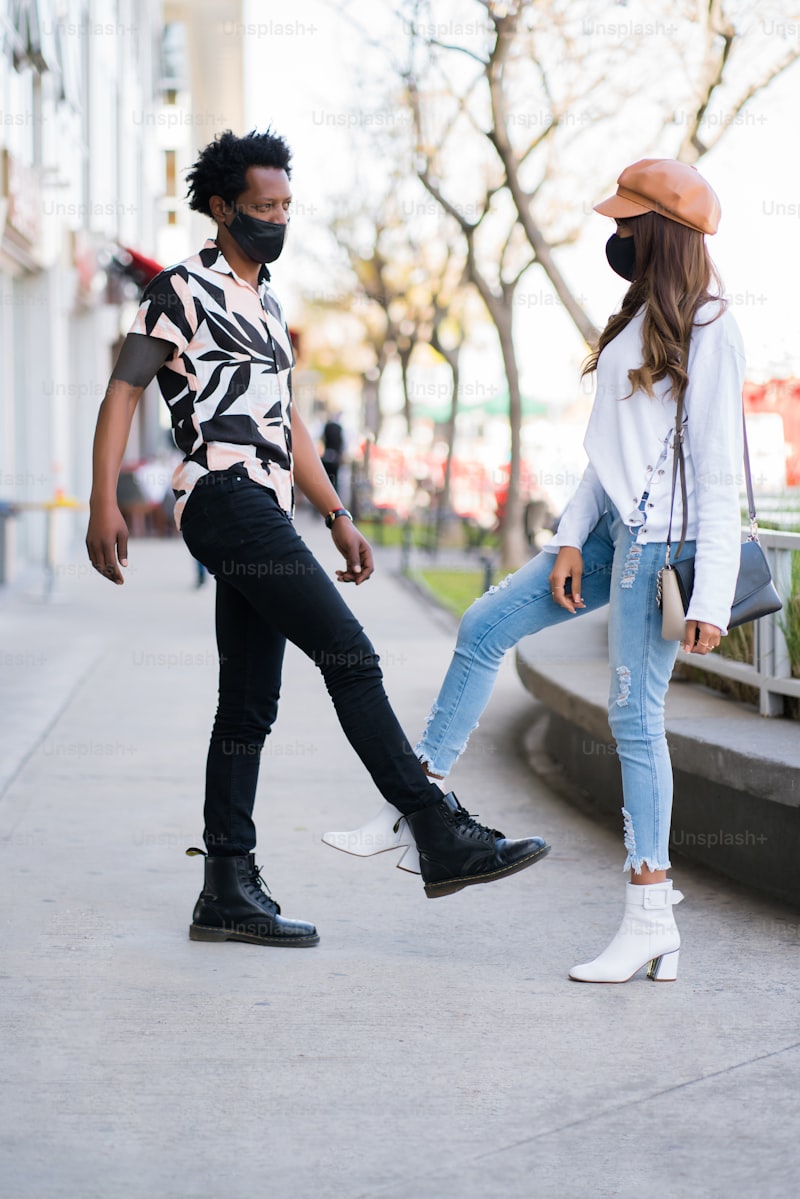Unveiling the Allure of Chiffon and Organza Dreams: An In-Depth Exploration
Understanding the Magic of Chiffon and Organza
In the realm of fashion and textiles, few materials evoke elegance and sophistication like chiffon and organza. Known for their lightweight and ethereal quality, these fabrics have become staples in the world of couture and evening wear. In this article, we will delve into the unique characteristics of chiffon and organza, explore their differences, and examine how they can be used to create stunning garments and accessories.
The Unique Qualities of Chiffon
Chiffon is a lightweight, sheer fabric made from silk or synthetic fibers. Its luxurious texture drapes beautifully, making it a favorite for evening gowns and bridal wear. Here are some of its main features:
| Features of Chiffon | Description |
| 1. Lightweight | Chiffon is almost weightless, allowing for fluid movement and graceful silhouettes. |
| 2. Sheerness | The transparency of chiffon makes it perfect for layering, adding depth and intrigue to any outfit. |
| 3. Soft Texture | Its soft, almost silky feel against the skin enhances comfort while maintaining elegance. |
| 4. Versatility | Chiffon can be used for dresses, blouses, and even accessories like scarves and wraps. |
Exploring the Wonders of Organza
Organza is another popular fabric in the world of haute couture. Similar to chiffon, it is lightweight and has a sheer quality, but it offers a slightly crisper texture. Organza is typically made from silk, polyester, or nylon, lending it a unique structured appearance. Here are its key characteristics:
| Features of Organza | Description |
| 1. Stiffness | Organza holds its shape, making it ideal for structured designs and creating volume in dresses. |
| 2. Lustrous Finish | The fabric often has a glossy sheen, adding an element of sophistication to any ensemble. |
| 3. Durable | Despite its delicate appearance, organza is surprisingly strong and can withstand wear and tear. |
| 4. Ideal for Embellishments | Organza's crispness makes it an excellent choice for creating bows, ruffles, and other decorative elements. |
Chiffon vs. Organza: What’s the Difference?
While both chiffon and organza share similarities, their differences can significantly impact design choices. Here’s a comparative look:
| Characteristic | Chiffon | Organza |
| Weight | Lightweight | Lightweight but slightly heavier than chiffon |
| Sheerness | Very sheer | Sheer with a crisper feel |
| Texture | Soft and flowy | Stiff and structured |
| Applications | Dresses, blouses, scarves | Bridal wear, evening gowns, structured garments |
Applications in Fashion
When it comes to fashion, both chiffon and organza have become beloved materials for designers seeking to create romantic and feminine looks. Here’s how they're commonly utilized:
Chiffon Creations
Chiffon is a popular choice for:
- Evening Gowns: Its lightweight drape adds elegance to long gowns.
- Bridal Dresses: Many bridal designers incorporate chiffon in layers for a soft, romantic look.
- Blouses and Tops: Sheer chiffon tops can be layered over solid foundations for a chic ensemble.
Organza Innovations
Organza finds its place in:
- Structured Dresses: The stiffness of organza allows it to maintain its shape, perfect for ball gowns.
- Decorative Elements: Many wedding dresses and special occasion attire feature organza bows, ruffles, or overlays.
- Home Décor: Organza curtains add a soft yet structured element to interior spaces.
Styling Tips and Wardrobe Suggestions
Incorporating chiffon and organza into your wardrobe can elevate your style quotient. Here are some practical tips:
- Layer Wisely: Use chiffon as an overlay to create a soft look over a more structured outfit.
- Accessorize: Add organza ribbons or bows to your hairstyle for a chic touch.
- Play with Textures: Pair chiffon blouses with denim jeans for a casual yet sophisticated vibe.
Conclusion
In the world of fashion, chiffon and organza dreams are a testament to the timeless beauty of lightweight fabrics. With their unique characteristics and wide range of applications, these materials can bring sophistication and elegance to any wardrobe. Whether you're attending an evening gala or looking for a casual yet chic outfit, understanding how to style and use these fabrics effectively will ensure you make a lasting impression.
Final Recommendations: As you explore chiffon and organza, always consider the nature of the event, your personal style, and how these fabrics can help you express your individuality. Remember, the goal is not just to wear these beautiful materials, but to embrace the charm and elegance they bring to your overall look.
